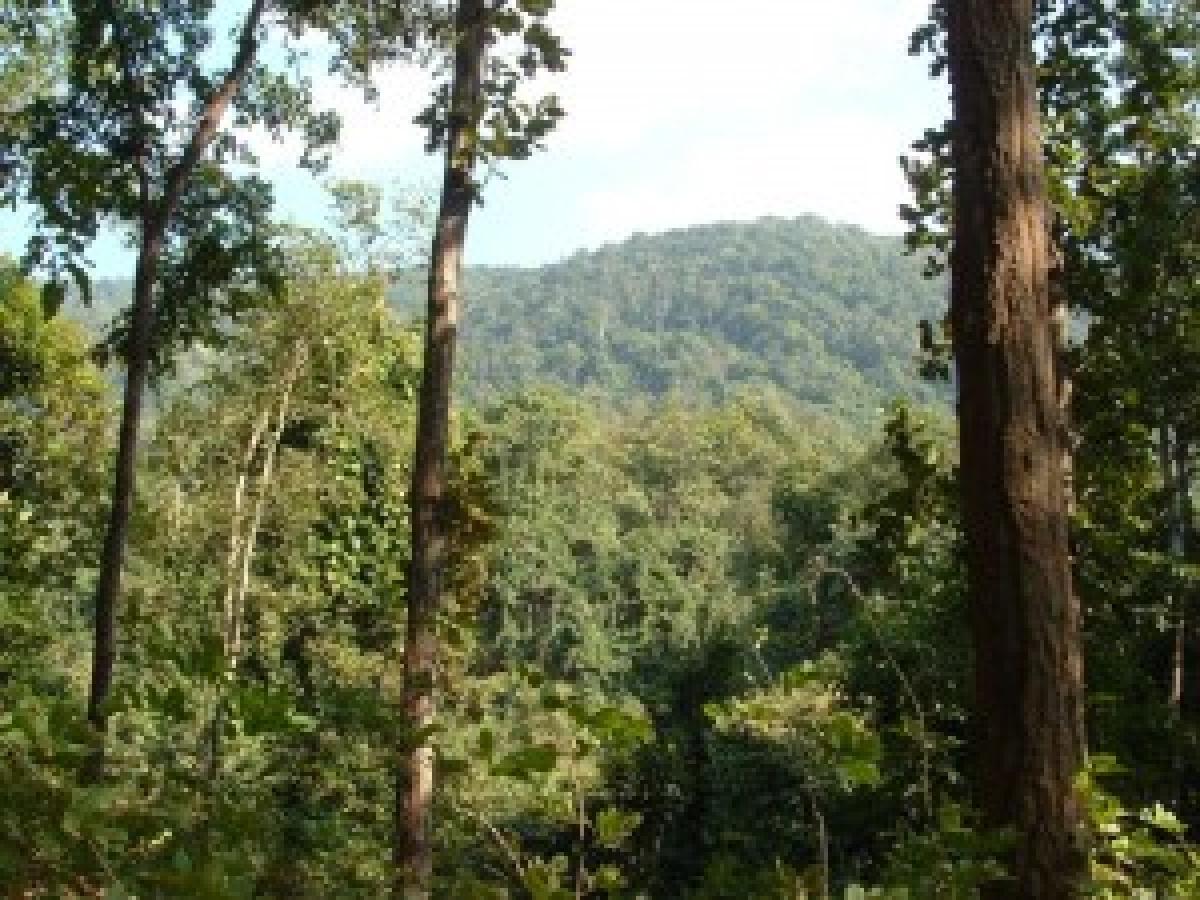Live
- Chandrababu Advocates Strict Measures for Social Welfare and Infrastructure Development in AP
- Show of brotherhood by Vijayan, Stalin at event to honour Dravidian icon
- District Collectors’ conference with CM begins
- Celebrations kick off in Saudi Arabia to welcome FIFA World Cup 2034
- Google Unveils Jules AI to Help Developers Fix Code Errors
- Bengaluru Techie’s Tragic Suicide Sparks Outrage Over Family Disputes and Legal Failures
- Crucial Union Cabinet meeting to discuss One Nation One Election
- Irrigation AE Nikhesh Kumar Arrested in Disproportionate Assets Case, Granted 4-Day Custody
- Your Daily Horoscope for December 12, 2024: Unlocking Mysteries of the Stars
- Hyderabad: 18-Month-Old Girl Dies After Being Hit by Car in Jawaharnagar
Just In

An integral part of tribal culture, 700 sacred groves in Odisha -- out of 2,100 identified by the state government -- will be conserved this year with the involvement of local communities, with the project to be completed by 2019, an official said.
An integral part of tribal culture, 700 sacred groves in Odisha -- out of 2,100 identified by the state government -- will be conserved this year with the involvement of local communities, with the project to be completed by 2019, an official said.
"We have decided to protect 700 sacred groves this year. Massive plantation activities would be taken up to increase the density of forest cover in the areas," Forest and Environment Secretary Suresh Mohapatra told IANS.
Tribals perform their religious rites at these groves with much devotion and dedication. They prohibit human interference, especially of outsiders, with their groves fearing that any disturbance in the area might upset the presiding gods. Any interference would result in diseases, deaths and natural calamities, they believe.
"The government should take proactive steps to protect the sacred groves. Adequate funds should be ensured to carry out plantation and other developmental works in the areas," said Dambaru Sisa, the first and only MLA from the Bonda tribe, a particularly vulnerable tribal group.
"Our tribal brothers and sisters are worshipping their deities in the form of sacred groves. The government is conscious of the difficulties in managing these groves. The government has taken a new initiative for preservation of sacred groves which are the hot spots of biodiversity. About 670 sacred groves have been covered with planting of 67,000 rare, endangered and threatened plants," said Chief Minister Naveen Patnaik on the occasion of World Forestry Day on March 31.
Odisha has a 9.6 million tribal population - 22.8 per cent of the total population. There are 62 tribal communities, including 13 particularly vulnerable tribal communities in the state, said sources.
About 44.7 percent of the state's geographical area has been declared a scheduled area covering 12 districts.
However, environmental activists feel that the government grossly underestimated the extent of sacred groves in the state.
They say the government has not included the groves in mineral-rich areas such as Niyamgiri and Khandadhar, where tribal communities are protesting against mining by private companies.
"The state government is intentionally not identifying the sacred groves in the mining-rich areas even as the tribals have been performing their religious rites since past several decades," said Prafulla Samantra, an environmental activist.
He said since the government wants to carry out mining activities in the area, it does not even recognise the forest rights of tribals.
Notably, Dongaria Kondh communities had rejected Vedanta's mining project on Niyamgiri hills in 2013. The Supreme Court also recognised the religious rights of the tribal population over the hills. The tribals are also opposing mining activities on Khandadhar hills, where Posco had proposed to extract iron ore to feed its proposed $12-billion steel project at Jagatsinghpur.
But the state government has not identified even one sacred grove in the area, said Samantra.
The Forest and Environment Secretary said he would look into the matter if any irregularity comes to his notice.

© 2024 Hyderabad Media House Limited/The Hans India. All rights reserved. Powered by hocalwire.com







